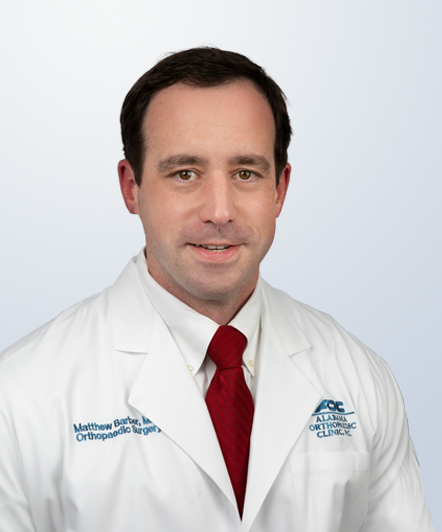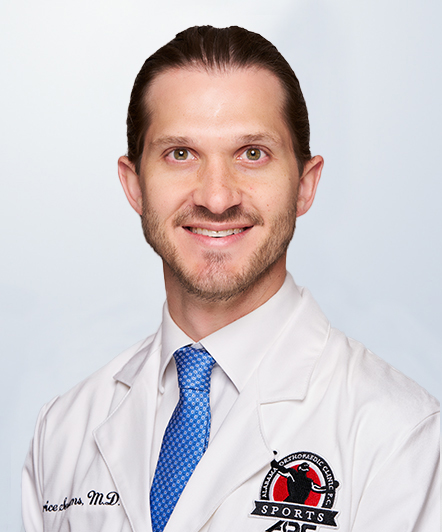
The recent injury to the knee of University of Alabama RB Jalston Fowler reminds us of how debilitating such injuries can be. Although no official report of the exact structures that have been damaged has been released, the video shows hyperextension of his knee which can damage major ligaments such as the anterior cruciate ligament (ACL), posterior cruciate ligament (PCL), side ligaments (collateral ligaments) or cause fractures to occur.
Seventy percent of non-contact injuries that result in swelling within one hour are ACL injuries. Furthermore, the C-shaped cartilages, called the menisci, can be torn during sporting injuries.
Treatment of knee injuries during football or other sports is most often treated arthroscopically– meaning via small incisions using a small camera to assist in visualizing the injured structures. Over 400,000 ACL reconstructions alone are done in the United States yearly.
According to R. Kavner’s article on collegesportsblog.dallasnews.com, Alabama coach Nick Saban announced Monday that running back Jalston Fowler will have surgery on his injured knee and is most likely going to be out for the season. Regaining muscle tone, control and joint range of motion is important if returning to sports is desired. This can take many months of hard work and dedication. AOC hopes Jalston has a good recovery and can return to the sport as soon as he is able.
Click here to see more info about Alabama Orthopeadic Clinic
Like us on Facebook
Follow us on Twitter


























